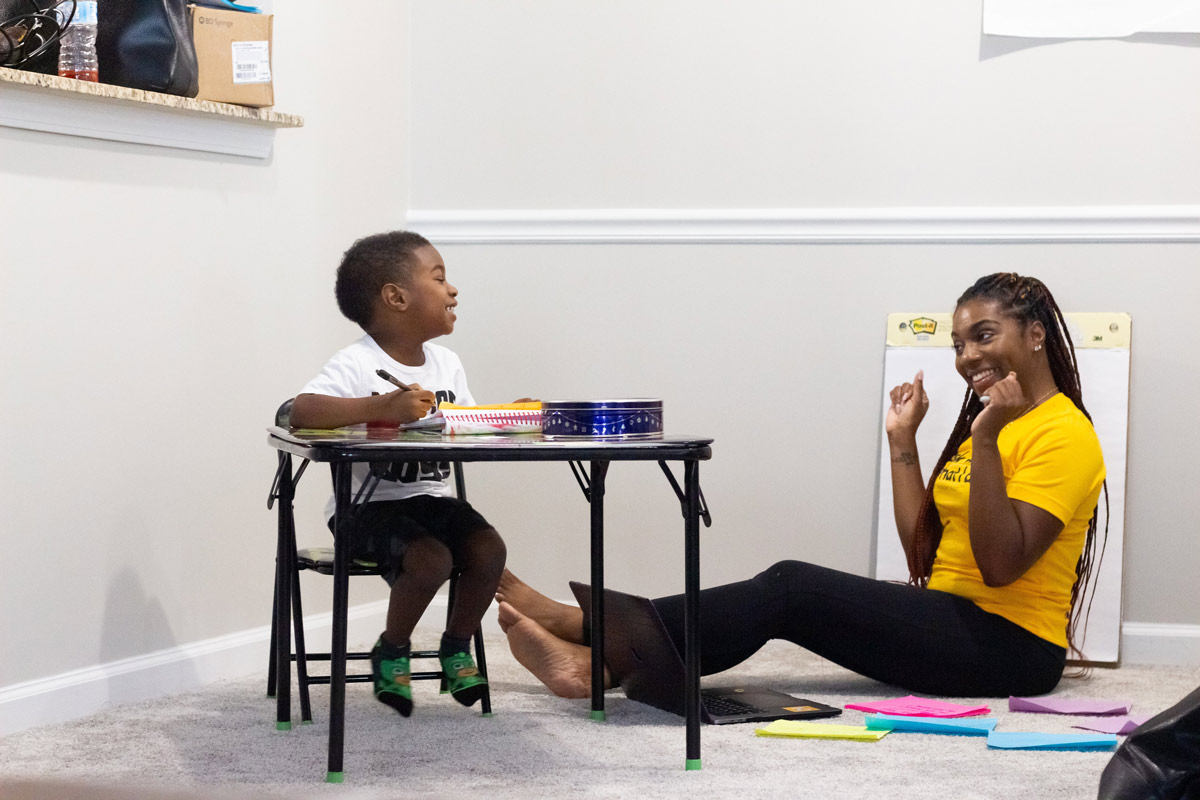In this new world of instant information at our fingertips, there is no shortage of advice available for families and caregivers of children with autism spectrum disorder (ASD). Knowing which advice to follow and which to ignore can seem monumental. Fortunately, there is a type of therapy designed to promote positive behavior change in children with autism: Applied Behavior Analysis (ABA). ABA has been used for over 50 years to help children with autism behave in ways that enable them to lead happier, healthier lives. Though ABA can be implemented in many different environments, there are three typical locations where it is used every day to assist children with autism and their families.
Autism Centers
Autism centers provide a controlled environment in which children can learn new skills and behaviors while also getting valuable social interactions with peers. They will generally be staffed by multiple Board-Certified Behavior Analysts (BCBAs) who create detailed behavior plans that are implemented by caring and knowledgeable Behavior Therapists (BTs). Children, generally ranging in ages from 2-17, can spend as much as 40 hours a week learning valuable skills through empirically validated techniques, such as:
ABA can also help children with autism in a more typical school setting. In consultation with teachers, school psychologists, and parents participating in an Individualized Education Plan (IEP), BCBAs create behavior plans that help children adjust to the classroom environment. One ABA technique proven to work in this environment is a visual schedule. Visual schedules are visual representations of students’ planned activities during the day that can help them navigate the multiple transitions so difficult for many children with autism. The visual schedule is easily altered, so day-to-day changes to the schedule can be made quickly to allow the student to see and adjust to them. Techniques and tools that have been successfully implemented in a school setting include:
Home
Children with autism and their parents can also get support from ABA practitioners directly in their homes. Much like the setup in autism centers, BCBAs create behavior plans that will be implemented by themselves, behavior therapists, or parents directly. Parent training (usually by a BCBA) is a key component to successful applications of ABA in the home, as parents are the ones spending most of the time with their children. Some successful ABA techniques that have been extensively utilized in the home are:
Though there is always room for differing opinions and alternate techniques in the treatment of children with autism, ABA’s extensive history in providing empirically validated solutions should keep it at the top of any parent or teacher’s mind when thinking of treatment plans for a child with autism. ABA can be implemented in every kind of environment imaginable and by a wide variety of people, regardless of education or background. Since the techniques it utilizes are constantly being researched and updated, caregivers can rest assured that the very latest science informs the practice. Though some of the behavior issues faced by people with autism can seem pretty daunting, with the help of ABA and a team of supportive professionals and caregivers, these individuals can still live happy, meaningful lives.
If you or someone you know experiences mental health issues, it is important to seek help from a qualified professional. Our Resource Specialist can help you find expert mental health resources to recover in your community. Contact us now for more information on this free service to our users.
About the Author: Blain Hockridge is a Board Certified Behavior Analyst (BCBA) with over 8 years of experience working as a case supervisor for autism centers across California. In 2018, He received his M.A. in Psychology with an emphasis in Applied Behavior Analysis (ABA) at California State University. In his free time, he enjoys reading, hiking, and playing basketball.
Photo by Ben Mullins on Unsplash
The opinions and views expressed in any guest blog post do not necessarily reflect those of www.rtor.org or its sponsor, Laurel House, Inc. The author and www.rtor.org have no affiliations with any products or services mentioned in the article or linked to therein. Guest Authors may have affiliations to products mentioned or linked to in their author bios.
This content was originally published here.
